Explore our informative blog featuring expert insights on choosing the right binder for various applications, from coal briquettes to iron ore pelletizing. Our articles provide in-depth knowledge on topics such as the benefits of bentonite and bentonite extenders, the different types of iron ore, and their properties, uses, and pelletizing processes. Stay updated with our latest product-focused content to make informed decisions for your industrial needs.
-
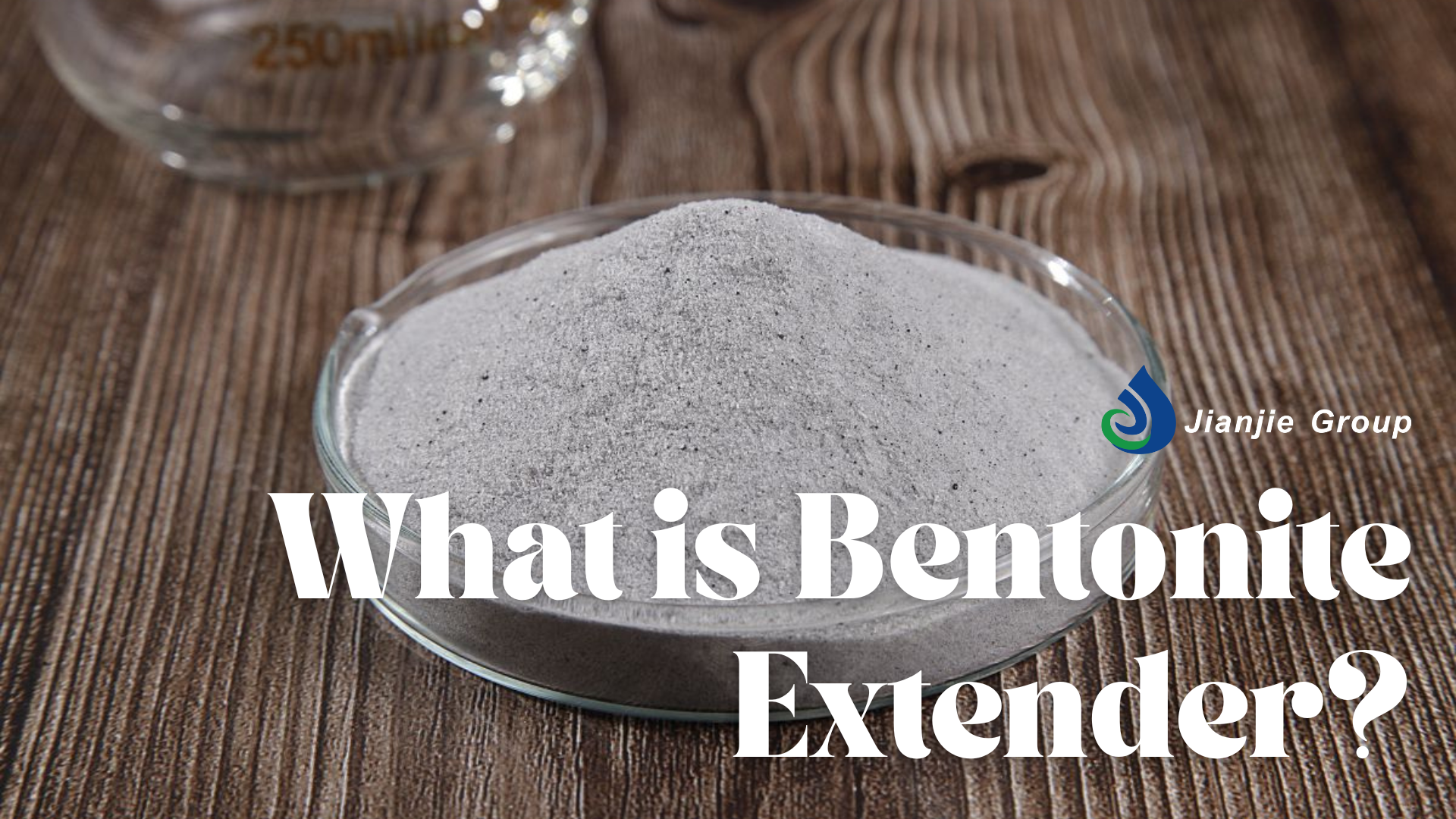
Bentonite and Bentonite Extender: A Smarter Way to Pelletization
Read moreLearn how bentonite extenders help reduce bentonite dosage in iron ore pelletizing, lowering impurities and costs while maintaining pellet quality.
-

What are Coke Fines? How to Turn Them into Valuable Sources?
This article explores the potential of coke fines, often seen as waste, and highlights how they can be transformed into valuable resources through cold briquetting technology. It covers the types and properties of coke fines, the benefits of briquetting, and the importance of selecting the right binder for optimal performance. With Jianjie's tailored binder solutions, coke fines can be effectively utilized in high-temperature industrial processes, offering environmental benefits and cost savings.Read more -
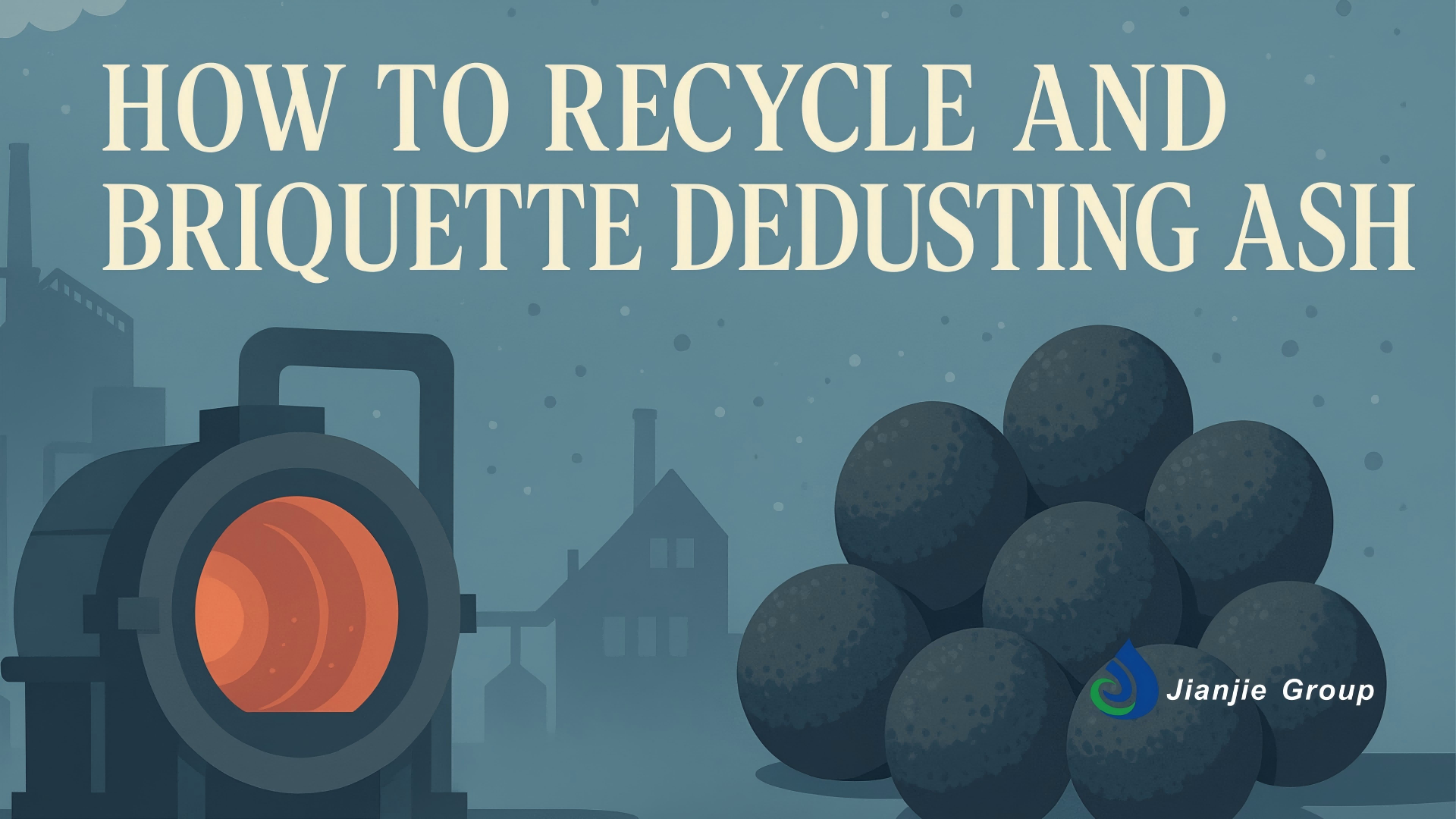
How to Recycle and Briquette Dedusting Ash in Steel Metallurgy: From Dust to Resource
Read moreThis article explores how dedusting ash, including EAF dust and converter dust, can be recycled into high-strength briquettes through cold briquetting and rotary hearth furnace (RHF) reduction. Learn about the types, challenges, and practical solutions for transforming steel dust into reusable resources while improving furnace efficiency and reducing environmental impact.
-
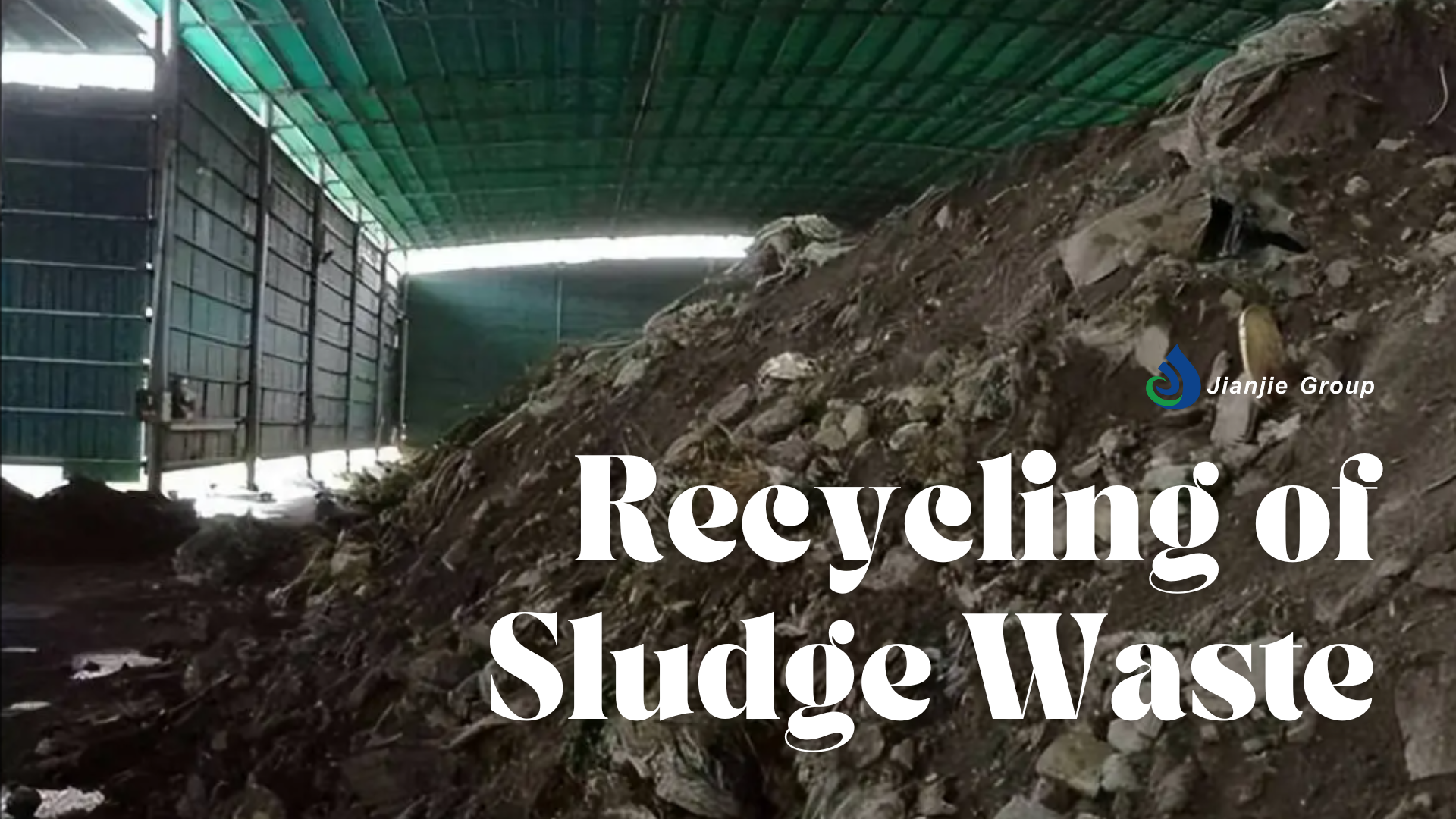
Turning Sludge into Strength: Briquettes Made From Steel Sludge in Steelmaking
Transform oily steel sludge into high‑value briquettes: how drying, binders, and equipment enable reuse as flux, scrap, or ore in furnaces.Read more -
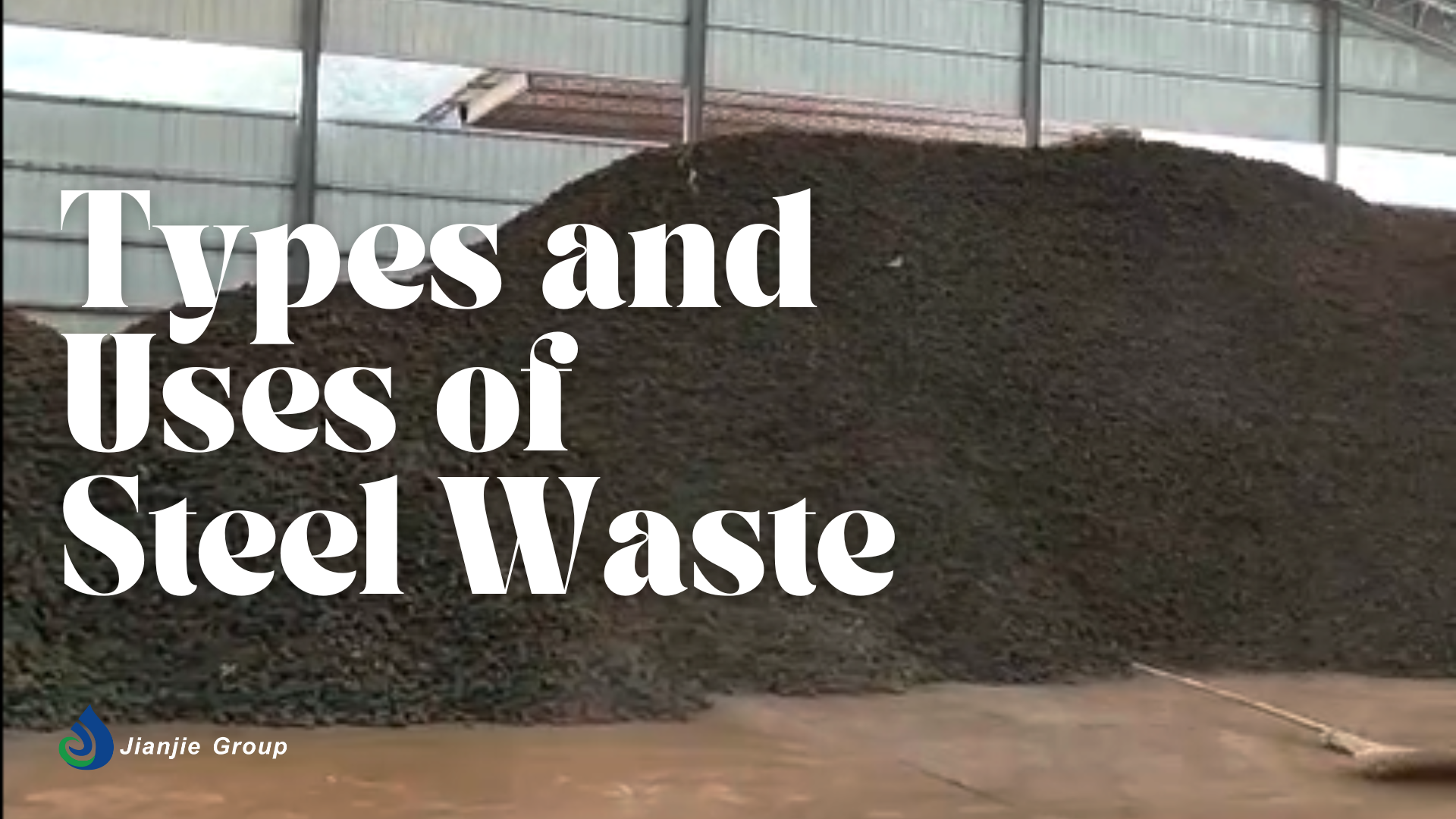
Types and Uses of Steel Plant Solid Waste: Unlocking Value with Cold Briquetting
Read moreRecycle steel plant waste efficiently with cold briquetting. Explore solid waste types, application scenarios, and how Jianjie Binder delivers high-strength briquettes.
-
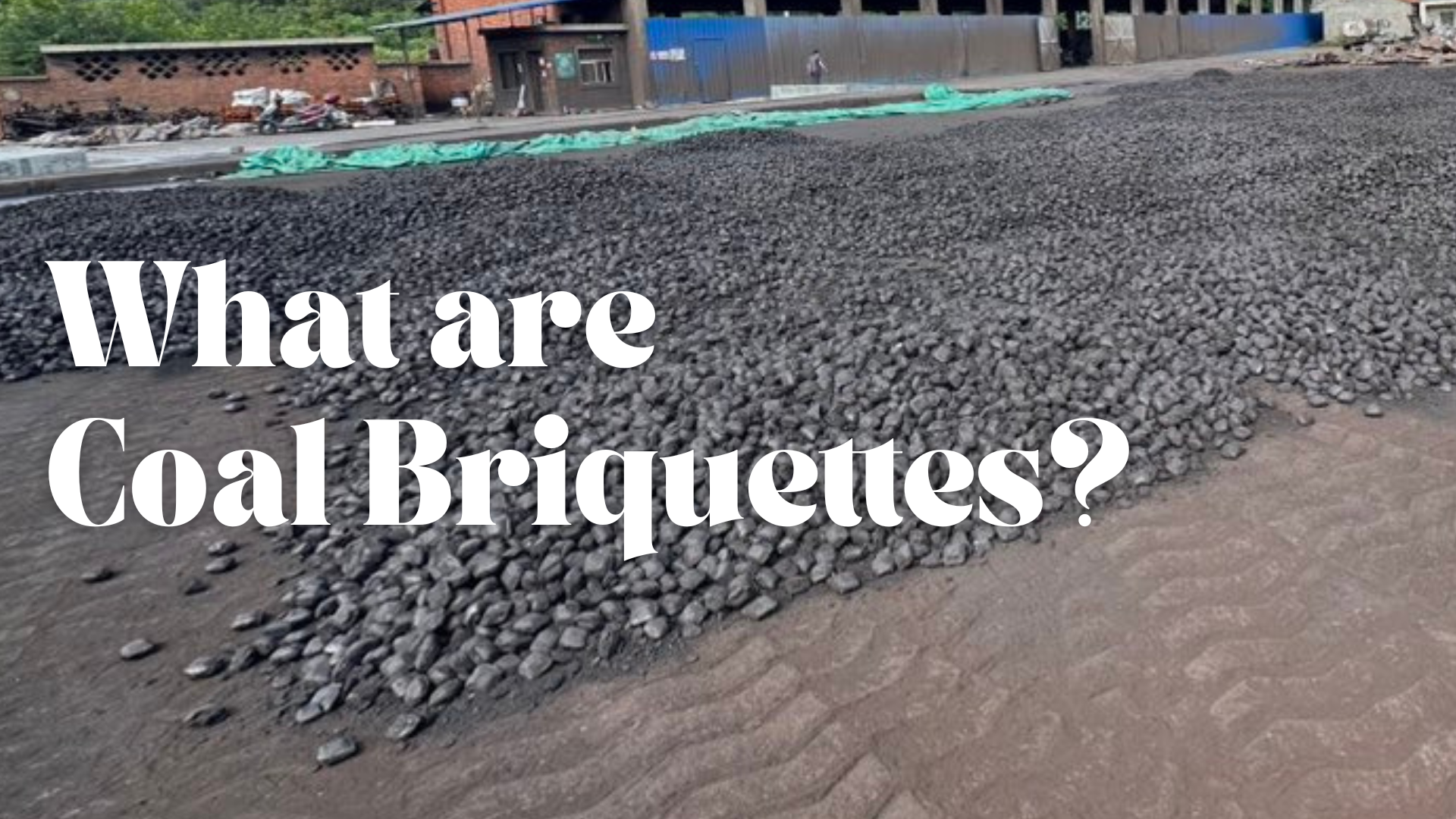
What Are Coal Briquettes? Process, Applications, and Binder Solutions?
Read moreLearn what coal briquettes are, how they're made, their industrial applications, and the best binder solutions. Explore coal types, briquetting challenges, and expert tips from Jianjie Group.
-
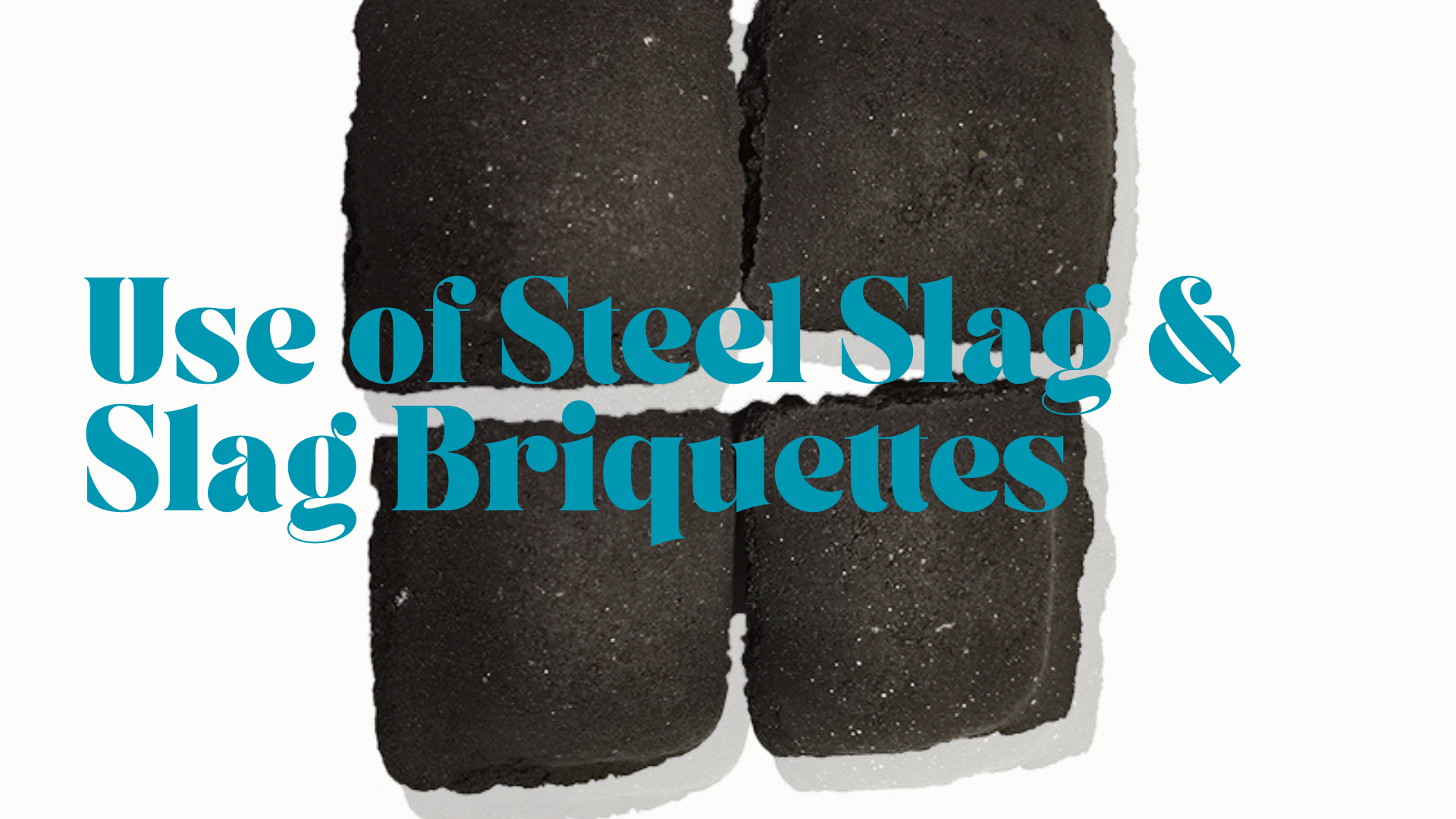
The Use of Steel Slag and Slag Briquettes
Read moreLearn how steel slag is transformed from industrial waste into valuable resources through briquetting in steelmaking. Let's unlock cost-effective, eco-friendly opportunities for the steel industry.
-

What is Composite Binder? Why Using Composite Binders in Agglomeration is Getting Popular?
Discover how composite binders improve pelletizing and briquetting by reducing dosage, enhancing strength, and supporting clean, efficient agglomeration.Read more -
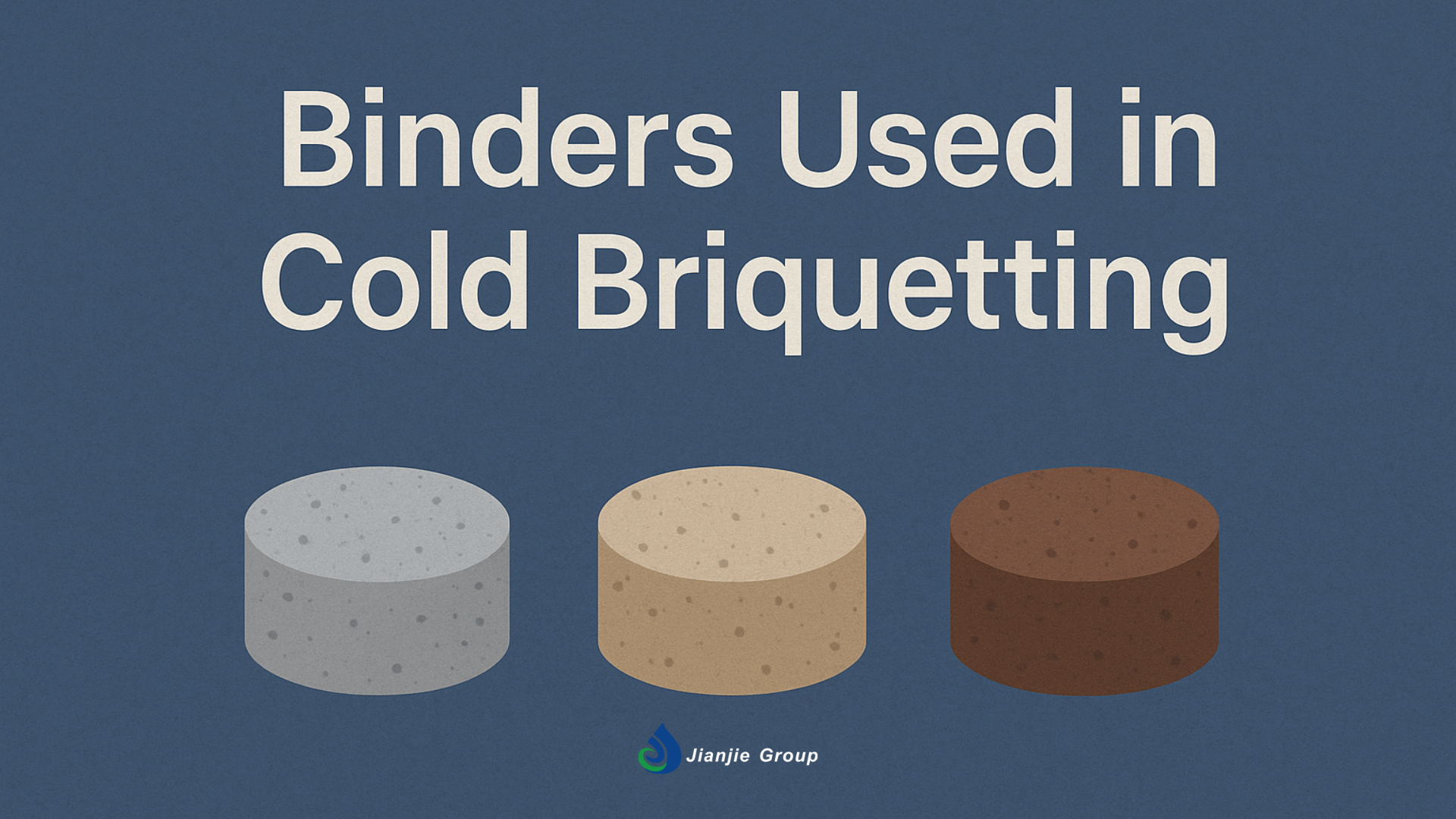
Different Binders Used in Cold Briquetting: From Inorganic to Organic Solutions
Explore the different types of binders used in cold briquetting—organic, inorganic, and composite. Learn how each binder affects briquette strength, ash content, curing time, and environmental performance. Ideal for metallurgy, mining, and industrial waste recycling applications.Read more -
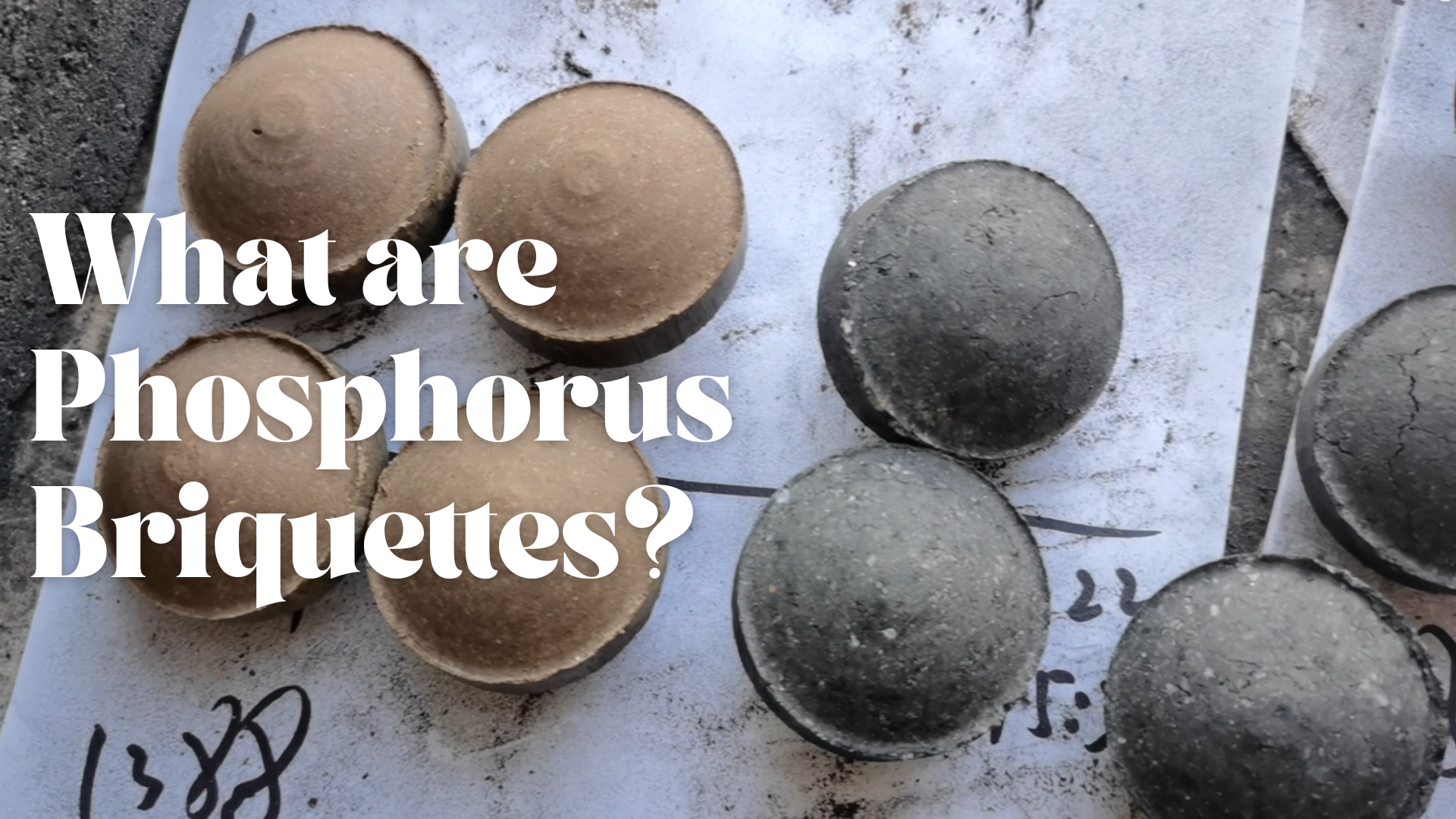
Comprehensive Guide on Phosphorus Powder in Briquetting and White Phosphorus Plant
Read moreMaximize the value of phosphorus ore powder by turning it into briquettes using briquetting technology for white phosphorus production or high-quality fertilizers.









